Have you ever tried to log in to your account and to be asked for a code sent to one of your devices? That’s one example of a two-factor authentication (2FA) practice.
The internet is a vast and open world, so it’s understandable that people might be hesitant to trust anyone with their data or passwords, especially considering the increasing number of cyber-attacks, like data breaches and phishing, in recent years.
As a result, experts continue to develop technologies to make internet users feel secure while online. Two-factor authentication has become one of the most popular methods for securing online accounts. If you want to learn more about 2FA and how this method works, keep reading this article!
What is Two-Factor Authentication?
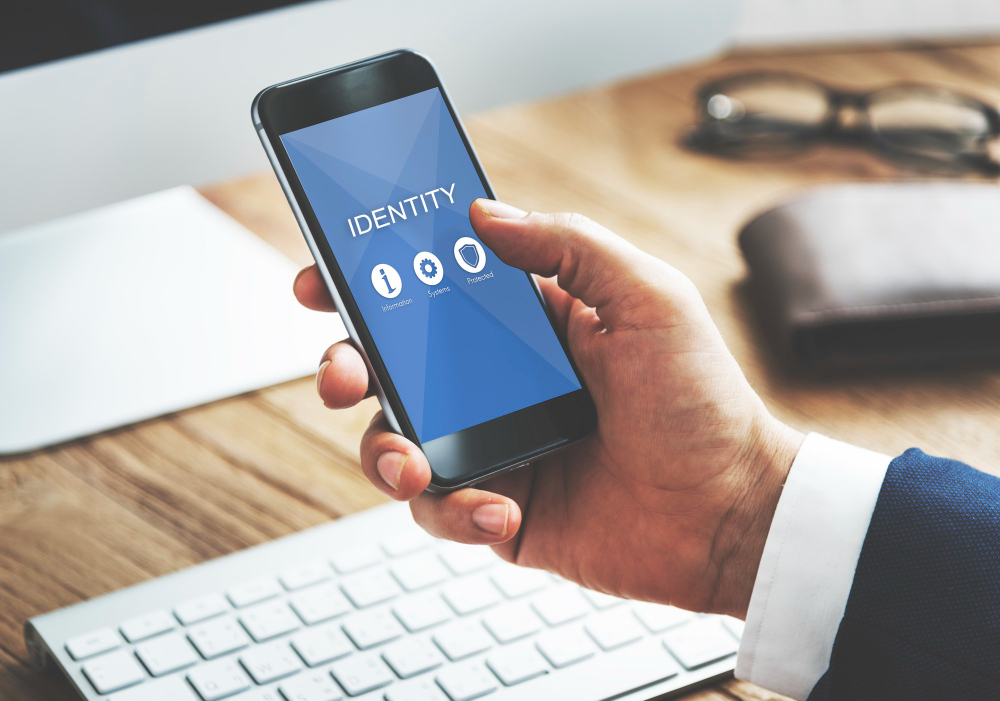
Two factor authentication, shortened as 2FA, is a security model that uses multi-factor authentication (MFA) to add an extra layer of security to the traditional username and password system. It combines two authentication methods to verify the identity, ensuring that the person logging in is indeed the legitimate user.
In real-life scenarios, a user must provide two separate ways of proving who they are before accessing something. These two methods could include something the user knows, such as a password or PIN, and something they have, like a trusted phone number or a security token.
Benefits of Two-Factor Authentication
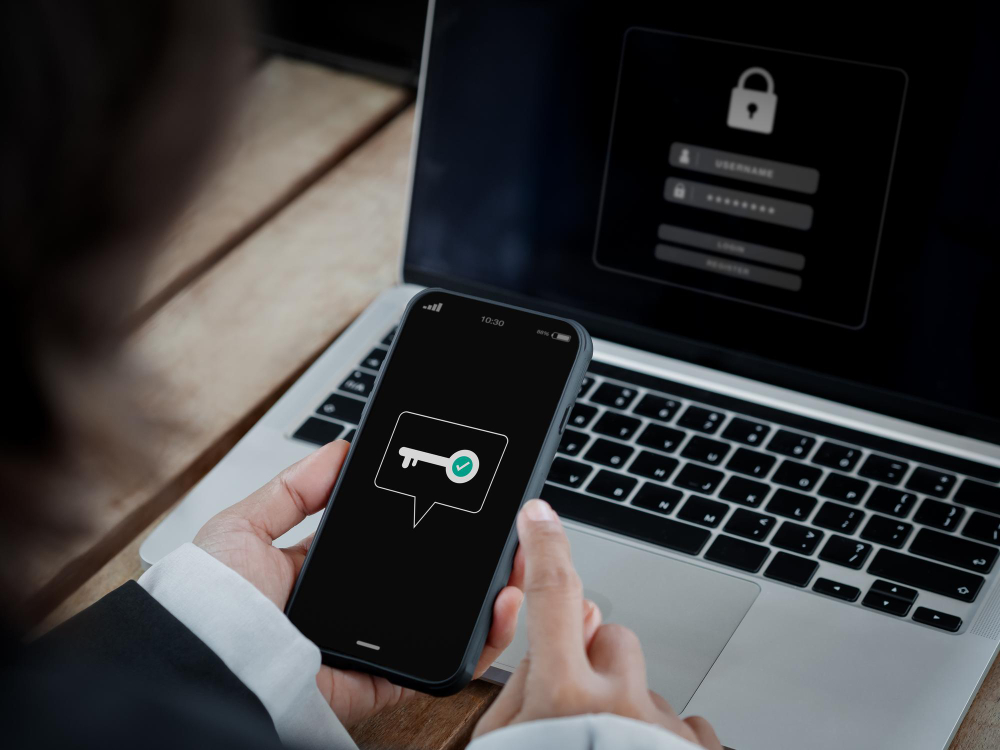
Various platforms, such as online banking services, email providers, and social media platforms, have used two-factor authentication (2FA). Here are the benefits and reasons why using 2FA is really helpful:
- Enhanced security: 2FA adds an extra layer of protection, making it harder for unauthorized access.
- Protection against password theft: Even if a password is stolen using a password cracker, the account remains secure with 2FA.
- Mitigation of phishing: 2FA reduces the risk of falling victim to phishing attacks.
- Compliance: 2FA helps meet security regulations in various industries.
- User confidence: Implementing 2FA can increase user trust in the platform’s security.
Why is 2FA Important?
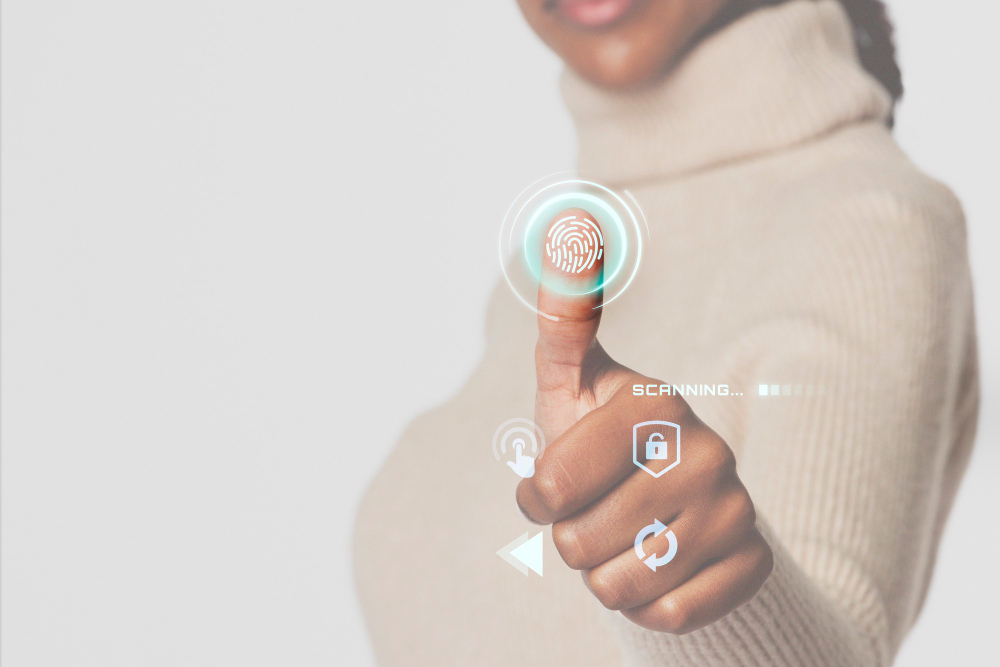
According to a report by Norton, the cost of cybercrime worldwide is projected to increase by 15% each year for the next five years. This means it could reach $10.5 trillion every year by 2025. This significant increase highlights the growing frequency of these criminal activities. The weaker the level of security, the greater the opportunity for attackers to strike. That’s why implementing two-factor authentication is crucial.
Hackers cannot simply rely on obtaining victims’ usernames and passwords to hack; they also need to pass an additional verification step, like getting a PIN or security key from the owner’s devices, for example. This extra layer of security makes it significantly harder for unauthorized access to occur.
Another reason why it’s essential is that two-factor authentication eliminates the requirement for users to possess or install a token generator or an associated app. Many websites utilize your mobile device to send a text, make a call, or implement a personalized 2FA to confirm your identity for their operations.
In simple terms, 2FA makes the security method more convenient while remaining strong at the same time.
Two-Factor Authentication Process Explained
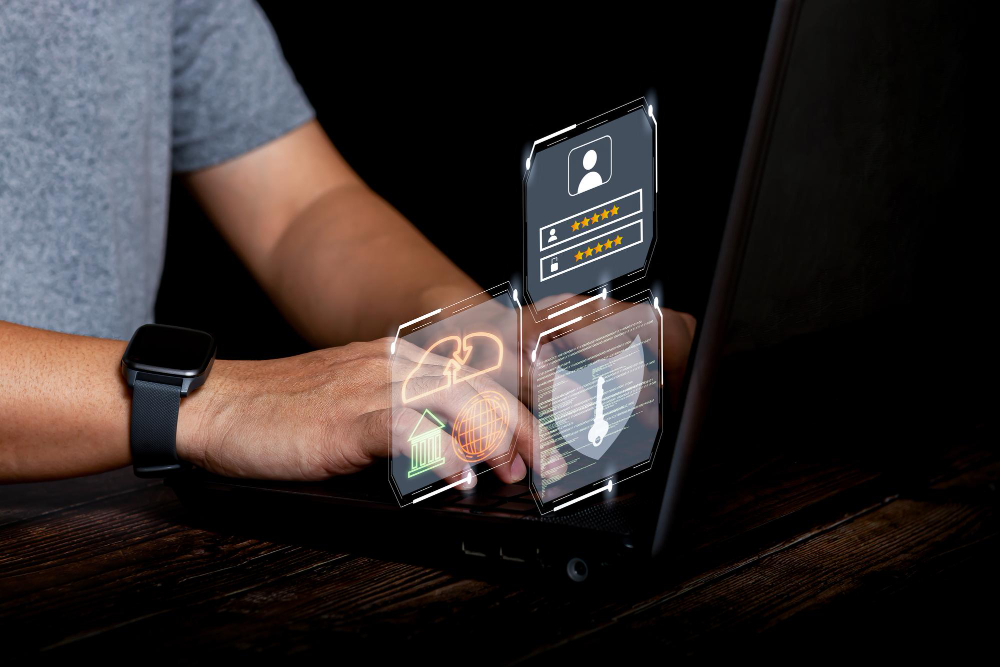
Since we’ve already discussed 2FA authentication and its benefits, let’s explore the procedure. The 2FA approach operates similarly to other forms of multi-factor authentication, relying on multiple authentication factors. Continue reading to gain insight into this method’s workings.
Knowledge factor (what the user knows)
A password or PIN is an example of this factor. The user, or owner, knows what they need to create and input to secure their account or data, which is done by providing a passcode that only authorized users know. This is one of the most common and fundamental forms of authentication.
Possession factor (what the user has)
A possession factor is an authentication method that requires the user to have a physical item, such as a mobile phone, SIM card, smart card, or key fob. Even if a hacker manages to obtain the password, they would still require access to one of these items to breach the system successfully. This type of authentication is often encountered when logging into email or social media accounts.
Inherence factor (what the user is)
The inherence factor utilizes someone’s biological characteristics to gain access to the data. These can include the iris of the eye, facial features, or fingerprints. These traits are unique to each individual and are something you inherently possess, ‘carrying’ them with you anywhere and at any time.
However, it’s important to know that this authentication isn’t perfect. For instance, fingerprints can be copied using different methods, like taking a high-quality fingerprint photo. Also, facial recognition technology can be tricked by using an image or video of an authorized person.
Location factor (where the user is)
This authentication method relies on the location from which the user’s access request originates. It utilizes the IP address of the request and, if available, the user’s geolocation. So, If someone tries to access your data from another country, they will be flagged as suspicious, and they’ll need to provide extra proof that they’re allowed in before they can get in. This extra step makes your account more secure and makes it more challenging for hackers to access it.
Time factor (when the user is)
The time factor records when a user accesses the data, helping them understand their typical behavior and identify unusual patterns. For example, if an employee typically works from 8 am to 5 pm and attempts to log in after hours, their access request will raise suspicion, and additional verification may be required.
Authentication Methods for 2FA
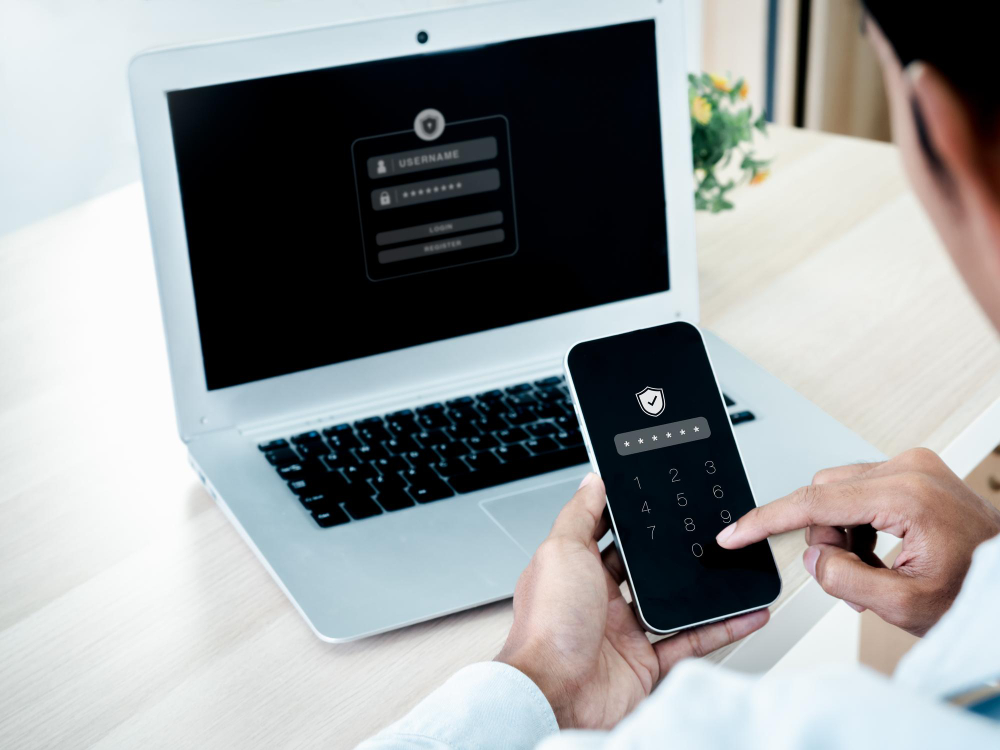
In this section, we will explore various types of 2FA methods that are used to enhance security beyond reliance on a traditional password.
Hardware tokens
Hardware tokens are a traditional method of 2FA. Businesses typically distribute these devices to their employees. When employees need a code to access data, they can generate a passcode on the hardware, which changes every few seconds. These hardware tokens are often in the form of a key fob, making them easy to carry and keep.
Voice-based authentication
Voice-based authentication uses the system’s spoken words to confirm data or guide users through the verification process. Usually, this method involves the system speaking a specific phrase or telling the instructions to confirm the user’s identity. For example, the system might ask the you to press a key or say their name to verify your identity.
Push notifications
Push notifications are perhaps the most convenient method for user authentication. With this method, users don’t need to enter a password or verification code. Instead, the 2FA system sends a signal to their smartphone, and the user simply needs to click to approve the authentication request if they are the one trying to access the system.
SMS verification
SMS, or text messaging, can serve as a form of two-factor authentication when a message is sent to a trusted phone number via SMS. The user then follows instructions in the message or uses a one-time code to confirm their identity on a website or app. This process demands two or more distinct actions to verify your identity, like entering a password and using a one-time code sent to your phone.
Frequently Asked Questions
Is two-factor authentication only applicable to certain types of accounts, or should it be implemented across all online platforms?
Two-factor authentication can be used on various online platforms, such as social media, email, and financial accounts. Many online platforms already provide 2FA as an option for their users. Although two-factor authentication isn’t perfect, it is a reliable method for safeguarding your accounts against cyber security threats, such as data breaches, identity theft, and more.
Can two-factor authentication be used on mobile devices, and does it provide additional security for smartphone users?
Certainly! Two-factor authentication can be applied to mobile devices, offering added security for smartphone users.
Are there any potential drawbacks or limitations to using two-factor authentication, and how user-friendly is the implementation process?
Yes, implementing two-factor authentication has potential drawbacks or limitations. For example, some users may find the additional steps or requirements inconvenient, especially if they frequently access their accounts from different devices. Additionally, if a user loses their second factor (like a phone used for SMS codes or a physical token), it can be challenging to regain access to their accounts.
Conclusion
Two-factor authentication provides an additional layer of security to protect user accounts, making it more difficult for unauthorized individuals to gain access. While using 2FA to protect your data might be a bit inconvenient, as you need to verify your access two times, it’s also an easier security method, as you don’t need to rely solely on a password, which can be easier for hackers to compromise.
For the long-term security of your accounts and data, implementing two-factor authentication is a prudent choice and avoids single-factor authentication.
If you need help protecting your business from cyberattacks, contact Fluxgate today!
